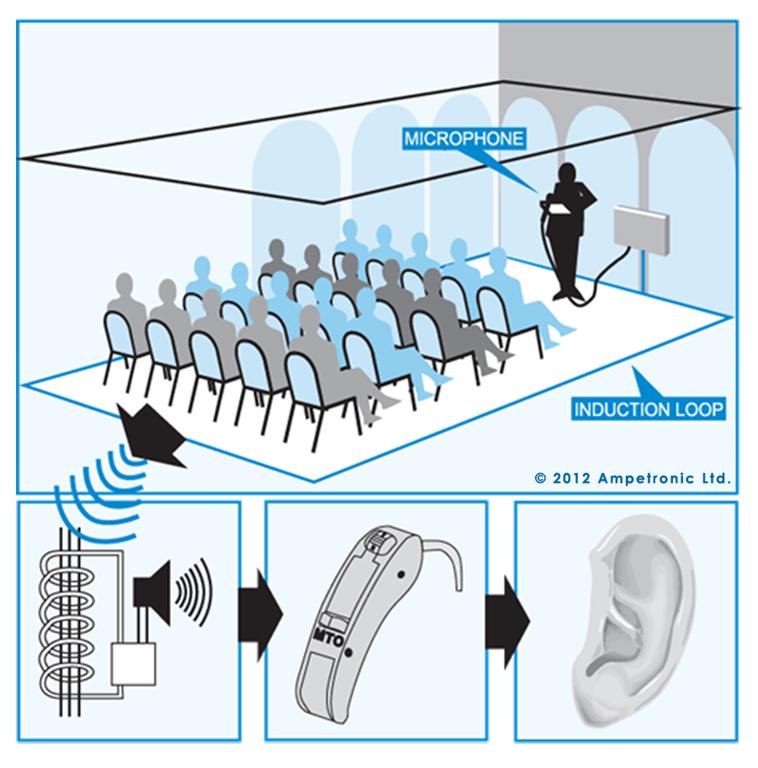Act Now to Accommodate Students with Disabilities

For students with vision, hearing, and other special needs, “the presence of inaccessible technology-based products and services within the postsecondary environment can create unintended and nearly impenetrable barriers.” So says a 2011 United States government study—best known as the "AIM report" —which is worth revisiting amid new efforts to eliminate those barriers.
Listen Technologies, in partnership with Ampetronic, offers solutions for assistive listening anywhere, anytime.
The National Federation of the Blind recently crafted a draft bill—the “Technology, Equality and Accessibility in College and Higher Education (TEACH) Act”—that’s an example of how some organizations are urging the federal government to create rules to ensure that new technologies don’t make it more difficult for students with disabilities to learn. If that sounds familiar, that’s because it is. In June 2010, the US departments of Justice and Education sent a letter to college and university presidents warning that requiring or recommending e-readers that lack text-to-speech features violate laws such as the Americans with Disabilities Act (ADA).
The letter cited sections such as title III of the ADA, which says, “individuals with disabilities... may not be discriminated against in the full and equal enjoyment of all of the goods and services” that a school provides. That kind of broad-brush statement easily covers AV devices such as projectors, interactive whiteboards, and PA systems.
Which brings us back to the TEACH proposal. It would require the feds to create guidelines for “electronic instructional materials and related informational technologies.” The proposal defines the latter as broadly the 2010 letter does, but hopefully the new guidelines would provide enough specifics that education technology managers don’t have to wonder which side of the law their AV systems are on.
Does the TEACH Act stand a chance of becoming law? That’s tough to predict, but if it does, it will need a new moniker to avoid confusion with the TEACH Act that became law in 2002. At the very least, it bears watching. In the meantime, check out a previous AV Technology blog for tips for how to design classrooms and auditoriums that are friendly not only to the differently-abled, but also to the growing number of middle-aged adults and senior citizens going back to school. As one CEO described the intersection of responsibility and good business in the AIM report: “When I’m asked by my board, ‘Why are you spending engineering resources on accessibility that can’t reach but 1 percent of the market?’ I respond, ‘It’s 100 percent of the market because I can't serve higher education properly without serving everyone equally.’”
A daily selection of features, industry news, and analysis for tech managers. Sign up below.
